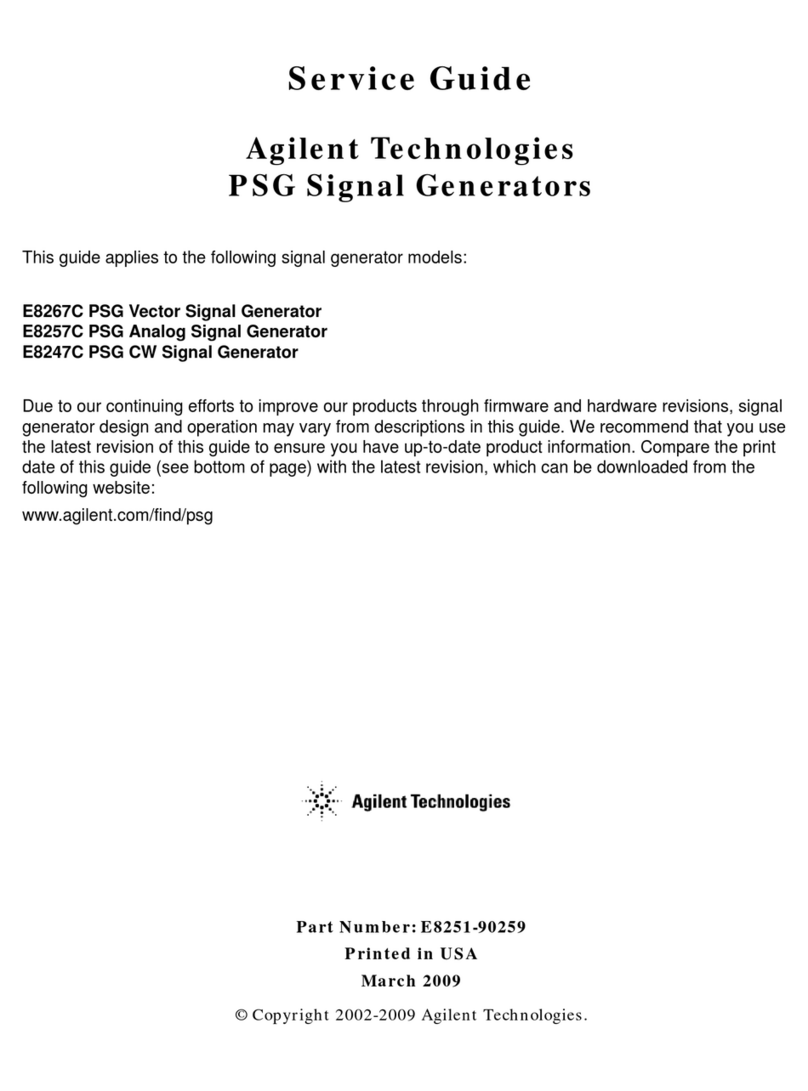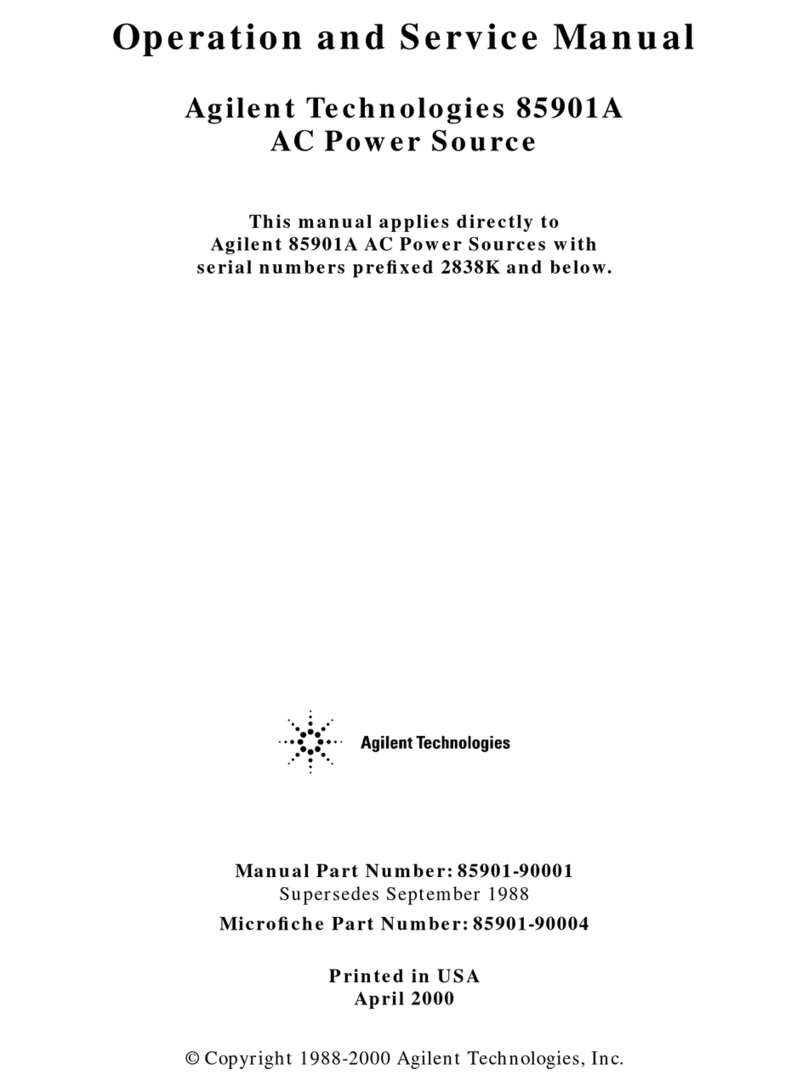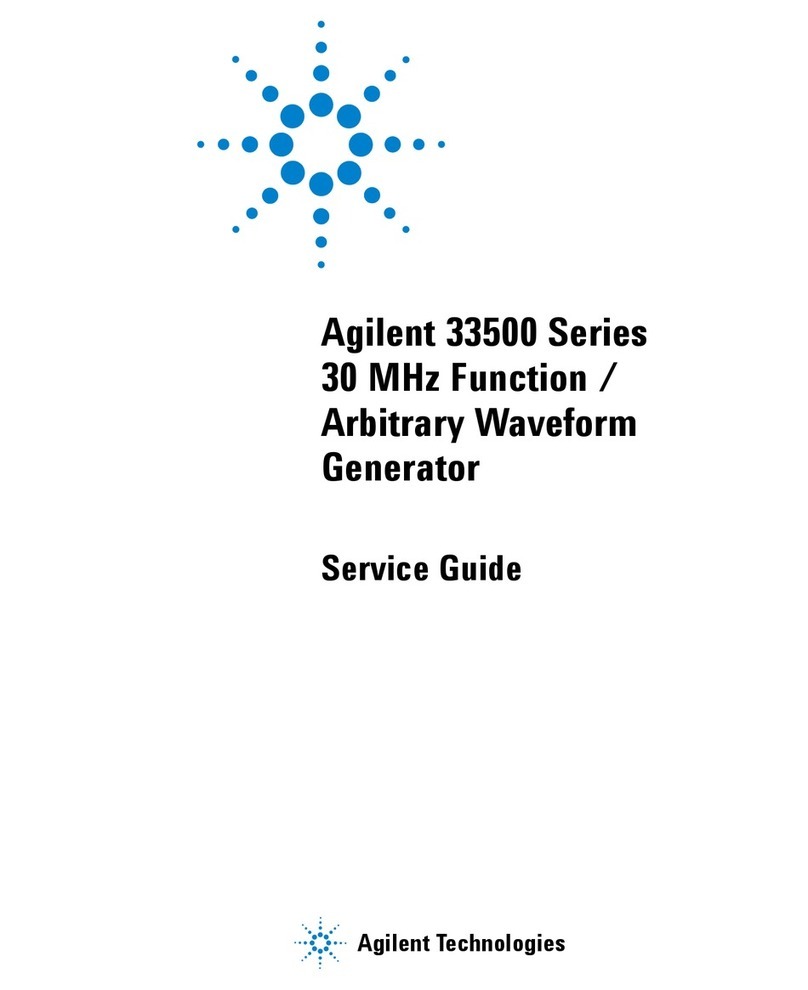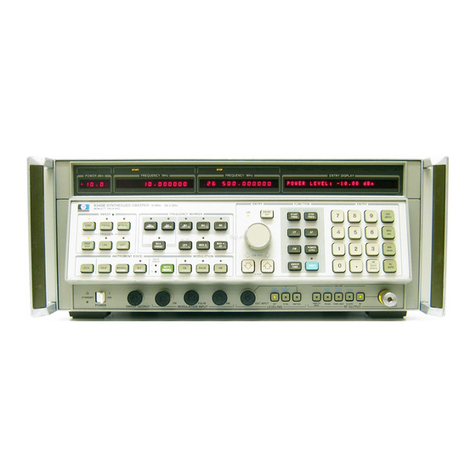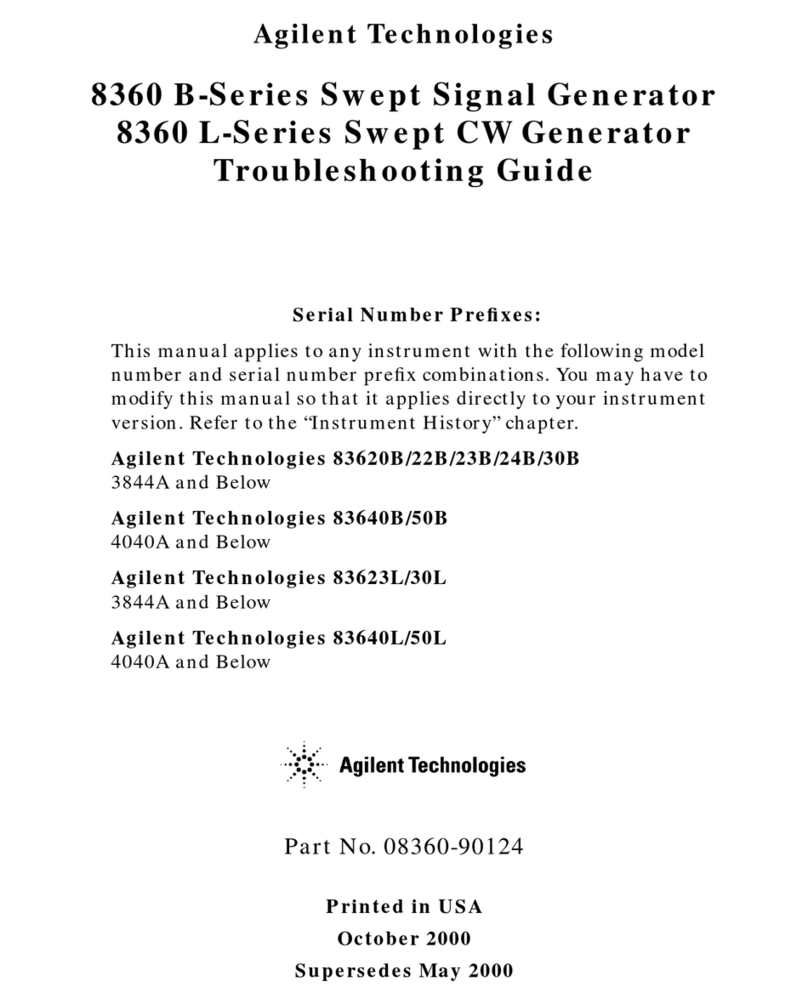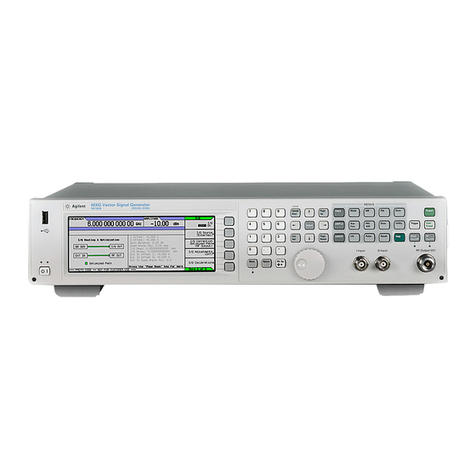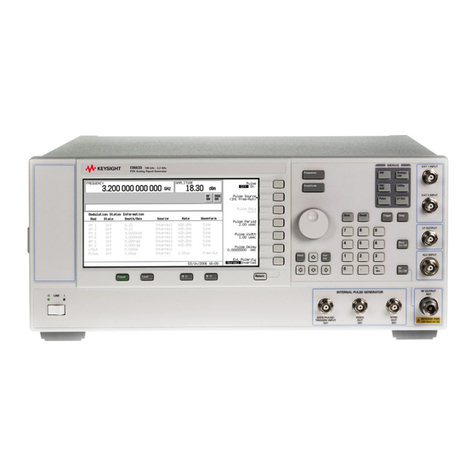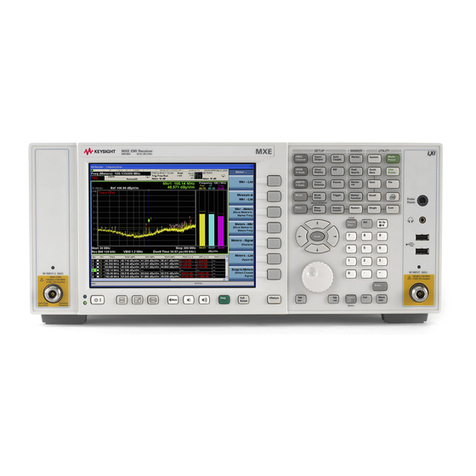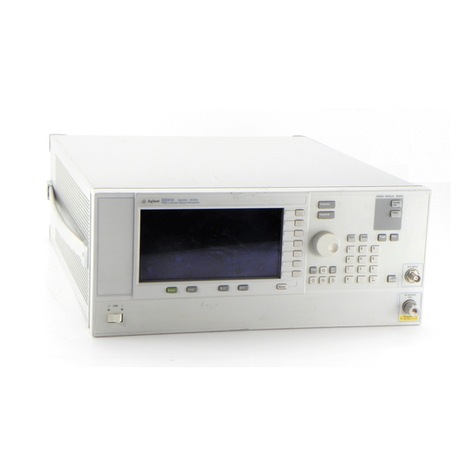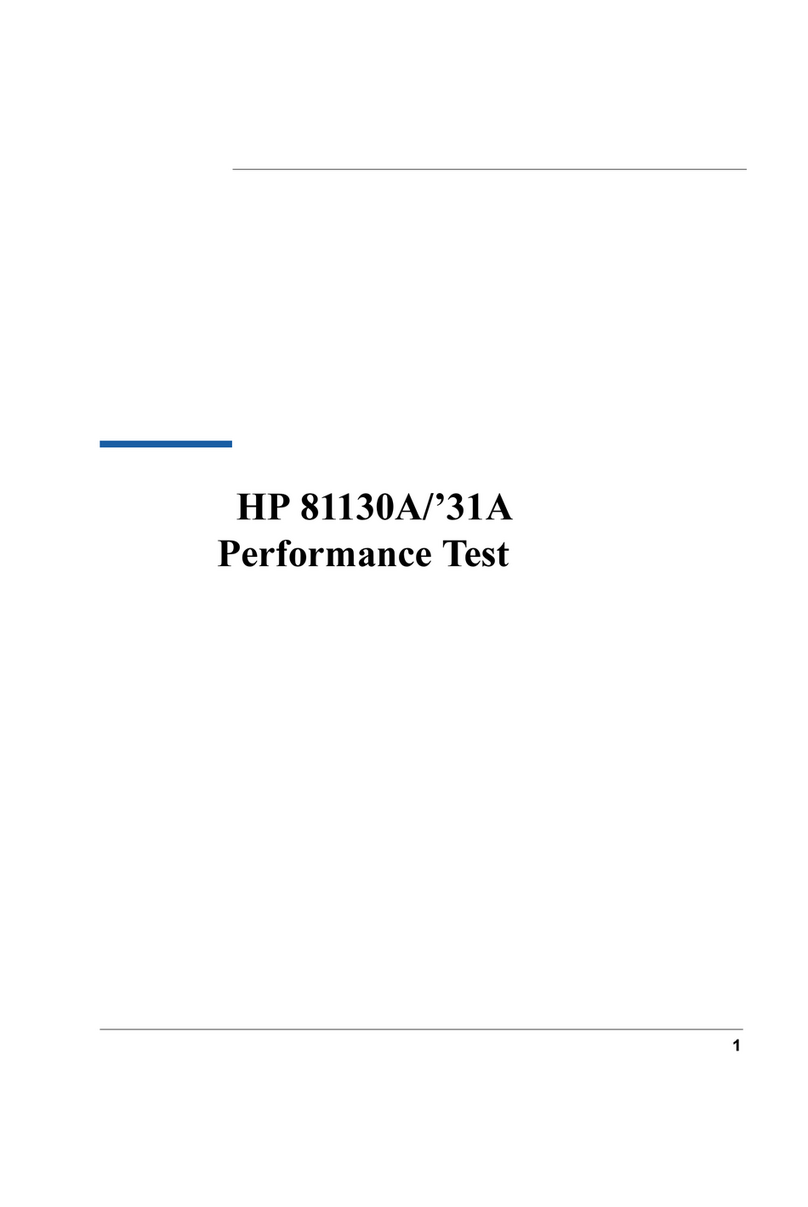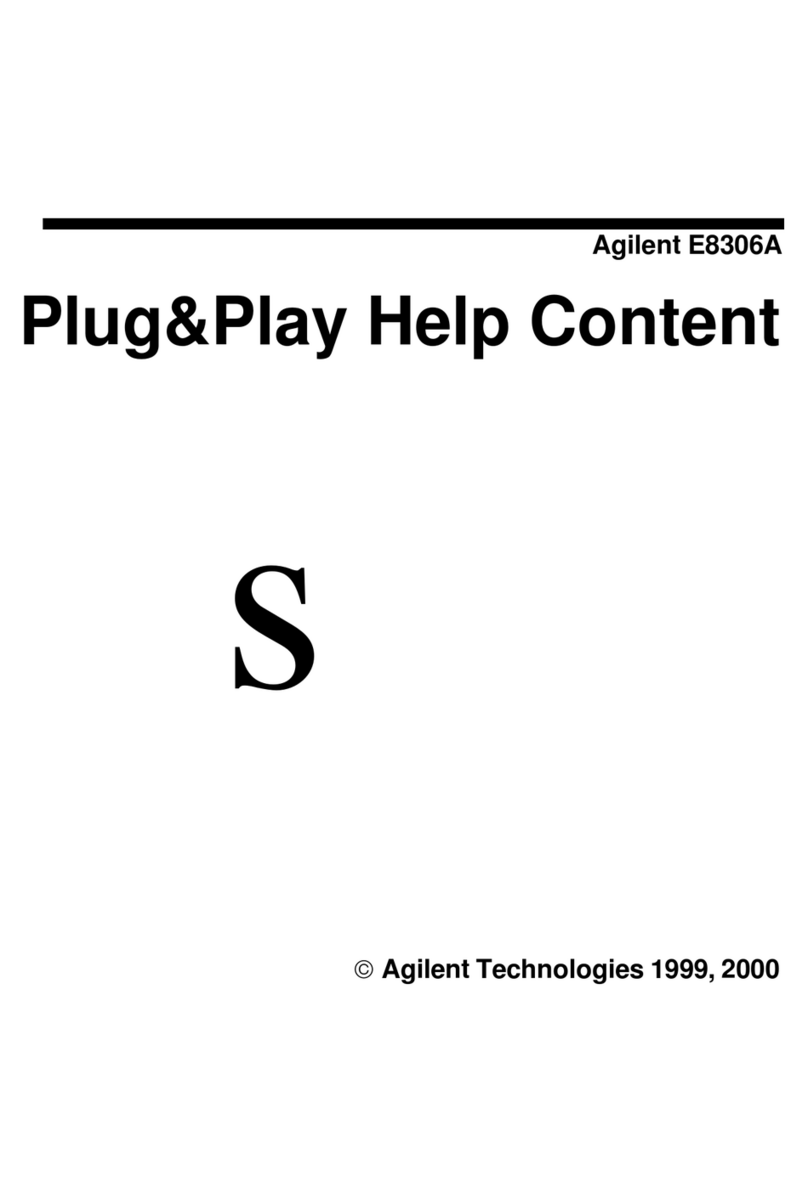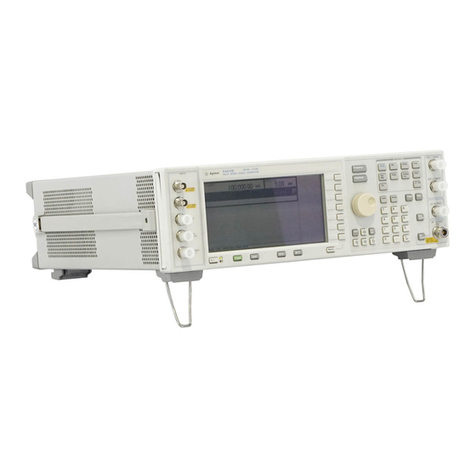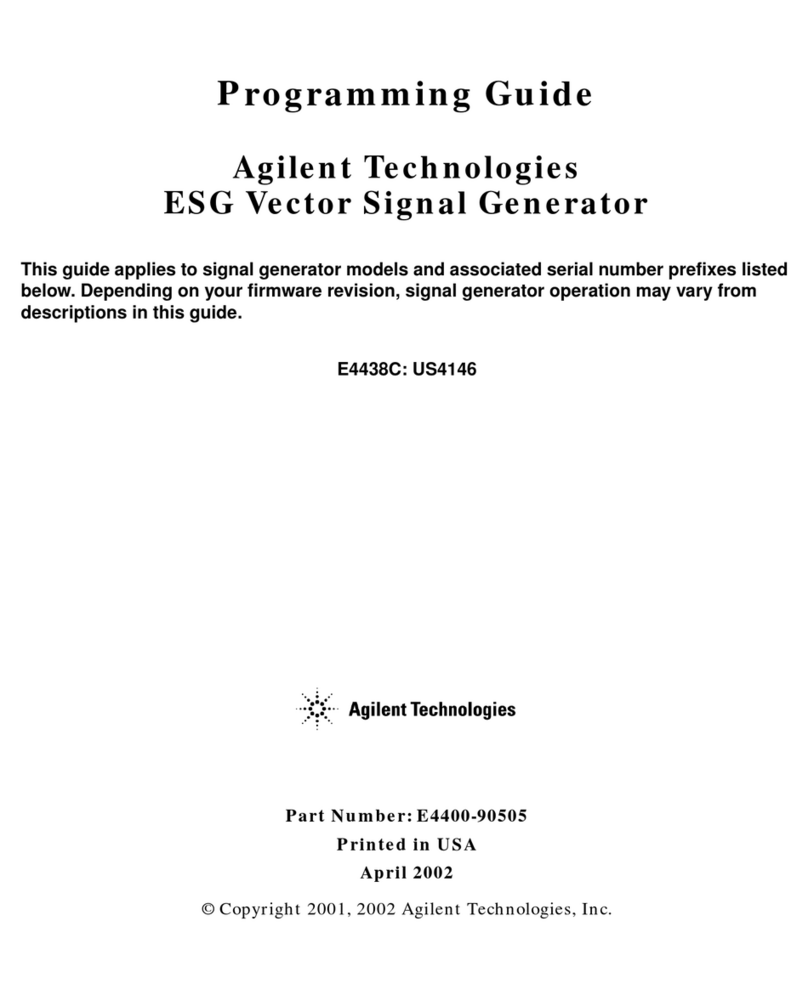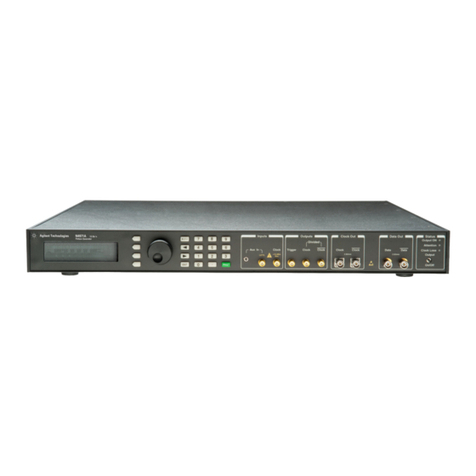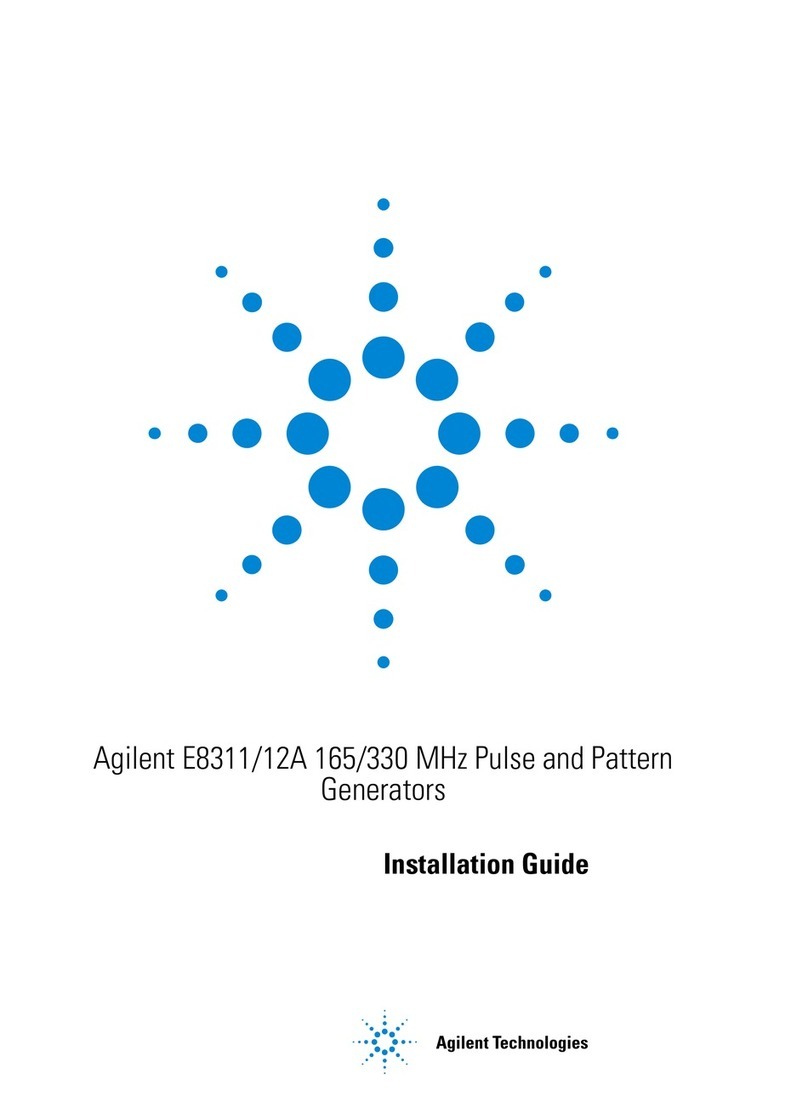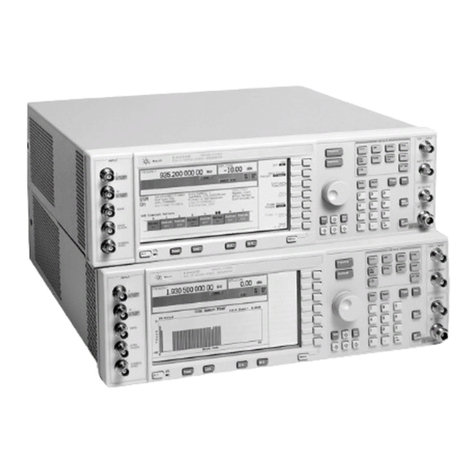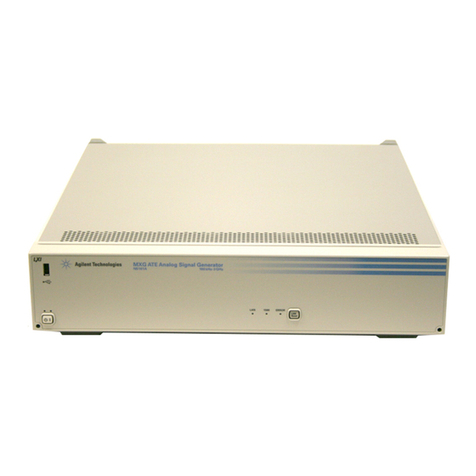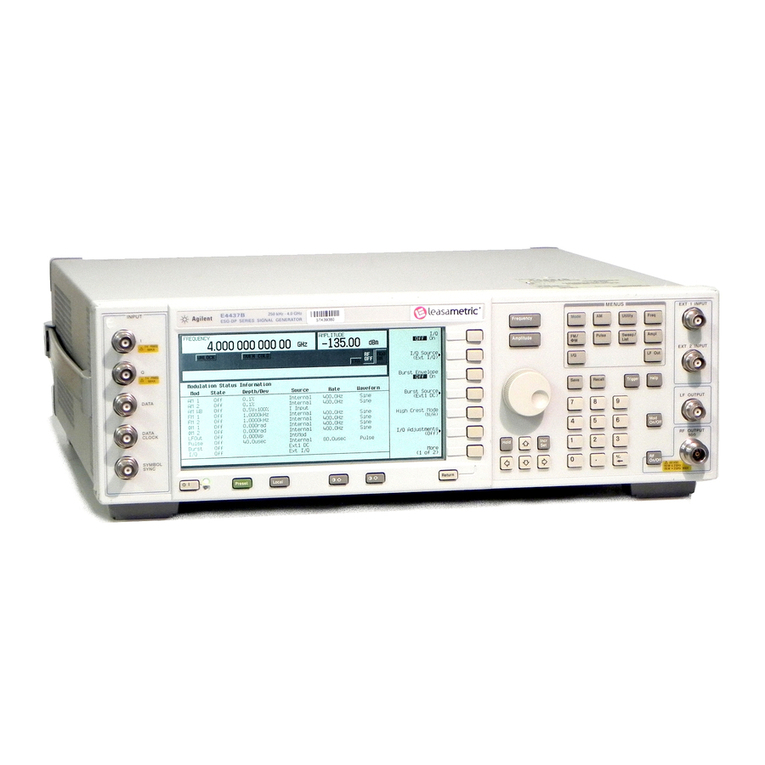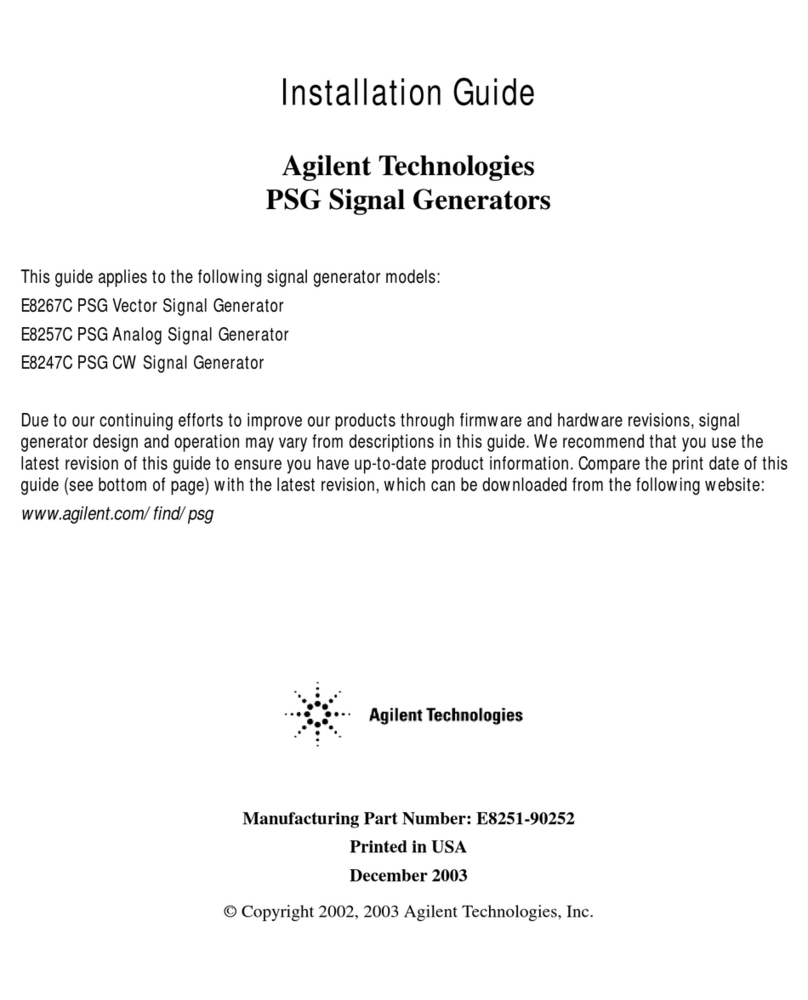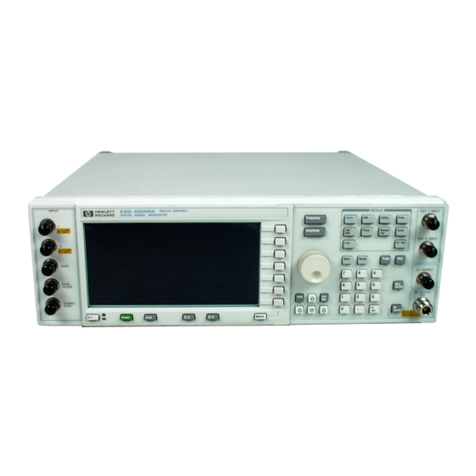
Installation Instructions
Service personnel are trained to work on
live circuits, perform safe installations,
and repair products. Only properly
trained service personnel may perform
installation and service procedures.
Agilent products are designed for use with
electrical signals that are rated
Measurement Category I and Measurement
Category II, as described in the
International Electrotechnical Commission
(IEC) Standard IEC 60664. Most
measurement, control, and data I/O signals
are Measurement Category I and must not
be directly connected to mains voltage or to
voltage sources with high transient
over-voltages. Measurement Category II
connections require protection for high
transient over-voltages often associated
with local AC mains connections. Assume
all measurement, control, and data I/O
connections are for connection to Category
I sources unless otherwise marked or
described in the user documentation.
Exercise extreme caution when a shock
hazard is present. Lethal voltage may be
present on cable connector jacks or test
fixtures. The American National Standards
Institute (ANSI) states that a shock hazard
exists when voltage levels greater than 30V
RMS, 42.4V peak, or 60VDC are present. A
good safety practice is to expect that
hazardous voltage is present in any
unknown circuit before measuring.
Operators of this product must be protected
from electric shock at all times. The
responsible body must ensure that
operators are prevented access and/or
insulated from every connection point. In
some cases, connections must be exposed
to potential human contact. Product
operators in these circumstances must be
trained to protect themselves from the risk
of electric shock. If the circuit is capable of
operating at or above 1000V, no conductive
part of the circuit may be exposed.
Do not connect switching cards directly to
unlimited power circuits. They are intended
to be used with impedance-limited sources.
NEVER connect switching cards directly to
AC mains. When connecting sources to
switching cards, install protective devices
to limit fault current and voltage to the
card.
Before operating an instrument, ensure that
the line cord is connected to a
properly-grounded power receptacle. Inspect
the connecting cables, test leads, and
jumpers for possible wear, cracks, or breaks
before each use.
When installing equipment where access to
the main power cord is restricted, such as
rack mounting, a separate main input power
disconnect device must be provided in close
proximity to the equipment and within easy
reach of the operator.
For maximum safety, do not touch the
product, test cables, or any other instruments
while power is applied to the circuit under
test. ALWAYS remove power from the entire
test system and discharge any capacitors
before: connecting or disconnecting cables or
jumpers, installing or removing switching
cards, or making internal changes, such as
installing or removing jumpers.
Do not touch any object that could provide a
current path to the common side of the circuit
under test or power line (earth) ground.
Always make measurements with dry hands
while standing on a dry, insulated surface
capable of withstanding the voltage being
measured.
The instrument and accessories must be
used in accordance with its specifications
and operating instructions, or the safety of
the equipment may be impaired.
Do not exceed the maximum signal levels of
the instruments and accessories, as defined
in the specifications and operating
information, and as shown on the instrument
or test fixture panels, or switching card.
When fuses are used in a product, replace
with the same type and rating for continued
protection against fire hazard.
Chassis connections must only be used as
shield connections for measuring circuits,
NOT as safety earth ground connections.
If you are using a test fixture, keep the lid
closed while power is applied to the device
under test. Safe operation requires the use of
a lid interlock.
CAUTION
A CAUTION notice denotes a hazard. It
calls attention to an operating
procedure, practice, or the like that, if
not correctly performed or adhered to,
could result in damage to the product or
loss of important data. Do not proceed
beyond a CAUTION notice until the
indicated conditions are fully
understood and met.
WARNING
A WARNING notice denotes a
hazard. It calls attention to an
operating procedure, practice, or the
like that, if not correctly performed
or adhered to, could result in
personal injury or death. Do not
proceed beyond a WARNING notice
until the indicated conditions are
fully understood and met.
Instrumentation and accessories shall not be
connected to humans.
Before performing any maintenance, disconnect
the line cord and all test cables.
To maintain protection from electric shock and
fire, replacement components in mains circuits –
including the power transformer, test leads, and
input jacks – must be purchased from Agilent.
Standard fuses with applicable national safety
approvals may be used if the rating and type are
the same. Other components that are not
safety-related may be purchased from other
suppliers as long as they are equivalent to the
original component (note that selected parts
should be purchased only through Agilent to
maintain accuracy and functionality of the
product). If you are unsure about the applicability
of a replacement component, call an Agilent office
for information.
WARNING No operator serviceable parts
inside. Refer servicing to qualified personnel.
To prevent electrical shock do not remove
covers. For continued protection against fire
hazard, replace fuse with same type and
rating.
